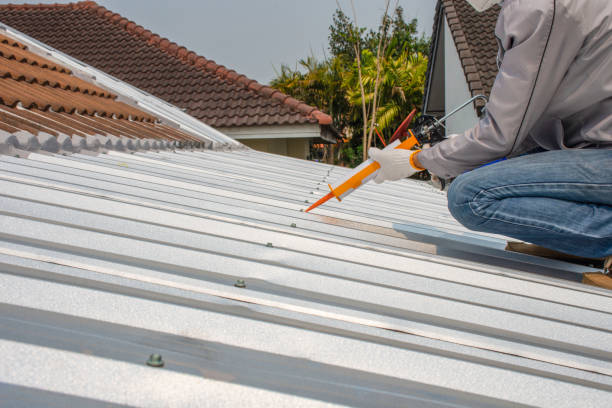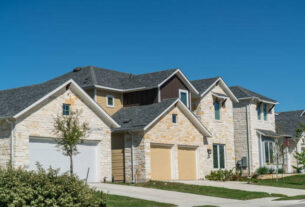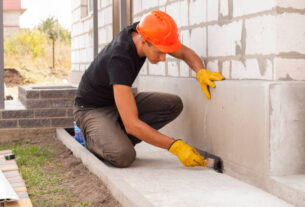Page Contents
Factors That Influence Roof Installation Cost: A Comprehensive Guide
When installing a new roof, understanding the factors that affect the cost is essential. Several vital elements can influence the overall cost, from the size and complexity of the project to the materials and labor involved. This article will explore these factors in detail, providing valuable insights to help you effectively plan and budget for your roof installation project.
1. Inspections
Before commencing a roof installation, it’s crucial to conduct inspections to assess the condition of the existing shingles and determine any necessary repairs or modifications. Inspections help identify potential issues that can affect the installation process and cost.
For instance, if structural repairs are needed, it can add to the overall expenditure. Furthermore, inspections may address concerns with the roof’s integrity or surrounding areas that could require additional work, influencing the project’s scope and the associated costs.
2. Roof Size and Complexity
The dimension and complexity of your home’s roof have a significant role in determining the installation cost. Larger roofs require more materials and longer labor hours, thus increasing the overall expense. Moreover, complex roof designs, such as those with dormers or skylights, require additional expertise and time for installation, further contributing to the total cost.
3. Roofing Materials
The choice of roofing materials dramatically impacts the installation cost. There are various options available, like asphalt shingles, metal, tile, and slate.
Each material has its unique characteristics, durability, and price point. For instance, asphalt shingles are one of the most affordable options, while slate is considered a luxury material with a higher price tag. Additionally, some materials require specialized installation techniques or additional layers, which can increase labor costs.
4. Roof Pitch and Accessibility
The roof’s pitch or slope is another factor affecting the installation cost. Steeper roofs require more precautions and safety measures for the workers, which can increase labor costs. Similarly, roofs that are difficult to access, such as those with limited entry points or steep surroundings, may require special equipment or additional labor, thus impacting the overall cost.
Also Read=Eleven Roofing Maintenance Tips for a Long-Lasting Roof
5. Roofing Contractors and Labor Costs
The experience and expertise of the roofing contractor can influence the installation fee. Established home contractors with a proven track record may charge higher rates due to their reputation and quality of service.
Additionally, labor costs can vary depending on the area’s location and demand for skilled roof installers. It is crucial to obtain multiple quotes and evaluate the credentials and recommendations of different contractors to ensure you are getting the best value for your investment.
6. Multiple Roof Layers
If your current roof has multiple layers, it can impact the installation expense. Roofing layers can consist of existing shingles, underlayment, and decking. It’s essential to assess whether installing a new roof over the existing layers is feasible or if a complete tear-off is necessary.
Installing a new roof on top of existing layers may save labor and disposal costs. However, it’s crucial to consult a professional contractor to determine if this option suits your situation.
7. Current Roof Removal
In cases where a complete exterior tear-off is required, it’s important to consider the cost of this process as part of the project budget. This involves the removal and disposal of all existing roofing materials and debris.
The price can vary depending on the size and complexity of the roof, accessibility for disposal, and local disposal fees. Roof removal costs are influenced by factors such as the type of roofing material, the number of layers, and the amount of damage or deterioration present. It’s essential to consider these removal expenses when estimating the overall costs of a roof installation project.
8. Disposal Costs
Disposing of old roofing materials is an often overlooked aspect affecting the total roof installation cost. Upon removing the existing roof, the debris needs to be properly disposed of, either through a waste management service or by renting a dumpster.
Disposal costs can vary based on the volume of the material and the chosen removal method. Certain roofing materials, such as those containing hazardous substances, may require specialized disposal processes, potentially increasing overall expenses. It’s crucial to consult with local waste management service providers or roofing contractors to obtain accurate estimates for disposal charges and include them in your budget.
9. Permits
Obtaining permits is often a mandatory step when undertaking a roof installation. The specific requirements for authorizations vary depending on location and local regulations. Acquiring these documents ensures the installation adheres to building codes and safety standards.
However, it’s important to note that permit costs can vary, and obtaining the required permits can lead to fines and delays. Including permit expenses in your budget is essential to avoid any unexpected financial burden during the roof installation.
Conclusion
Understanding the factors affecting roof installation cost is essential for effectively planning and budgeting your home remodeling project. Contact a professional roofing contractor to help you navigate these factors and provide an accurate estimate for your roof installation project.

Lois Lane is a professional blogger and a seasoned Content writer for wellhousekeeping.com. With a passion for simplifying complex Home Decor topics, he provides valuable insights to a diverse online audience. With four years of experience, Lois has polished his skills as a professional blogger.




